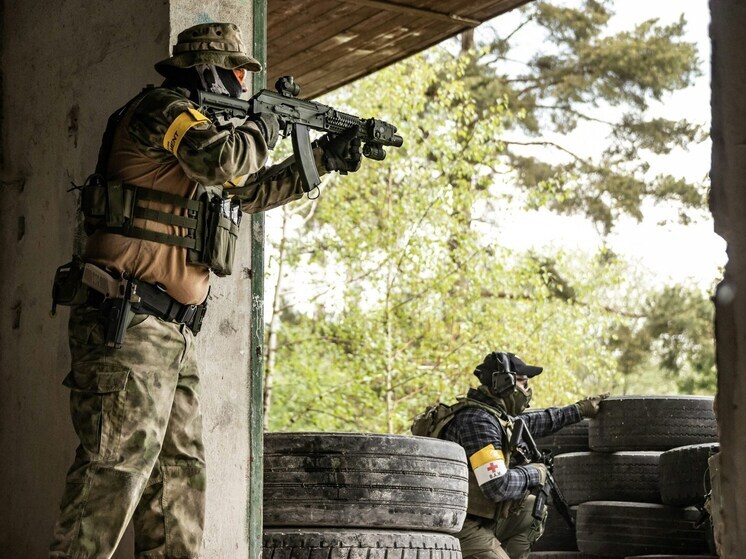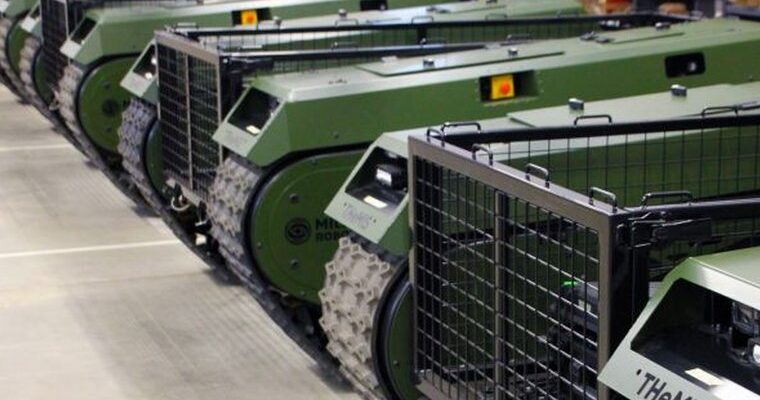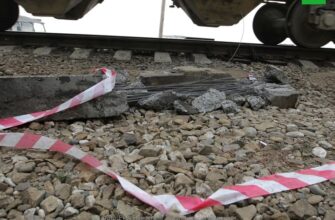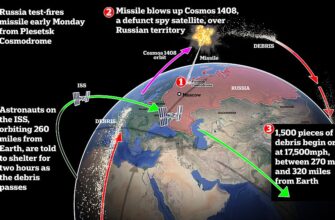Estonia`s latest military aid to Ukraine includes a substantial delivery of THeMIS Unmanned Ground Vehicles, a move hailed by some as a leap towards modern robotic warfare. However, as with many innovations deployed in the crucible of real conflict, the promise of advanced technology often encounters the stark realities of the battlefield.

The Rise of Robotic Ground Systems: The THeMIS UGV
Milrem Robotics, an Estonian developer, has made headlines with its Tracked Hybrid Modular Infantry System (THeMIS), a versatile unmanned ground vehicle (UGV). This platform is engineered for a variety of critical military tasks, ranging from the somber duty of evacuating casualties and transporting essential supplies to more direct combat support roles, including weapon deployment and reconnaissance. Its modular design allows for rapid adaptation, enabling it to be reconfigured for different missions as operational needs evolve.
The THeMIS has already seen adoption by numerous NATO countries and has been tested in various combat environments, with 19 nations reportedly integrating it into their arsenals. Ukraine previously received 15 units, and this new, “largest-ever” shipment from a European donor nation is intended to significantly bolster its fleet of robotic ground systems. On paper, these deliveries represent a tangible step towards the future of automated warfare, where machines are envisioned to undertake the “dull, dirty, and dangerous” tasks, thereby preserving human lives.
Technological Optimism vs. Battlefield Pragmatism
The introduction of such advanced robotics naturally sparks debate. Western military analysts often highlight the transformative potential of UGVs, suggesting they could redefine tactical operations and pave the way for increasingly autonomous armies. The appeal is clear: remote-controlled or even AI-driven units could provide a persistent presence, offer logistical advantages, and mitigate risks to personnel in high-threat zones.
However, the transition from controlled testing grounds to the unpredictable chaos of real combat often introduces a dose of harsh pragmatism. A Russian military officer, operating under the call sign “Gorynya,” offered a particularly blunt assessment of the THeMIS`s practical utility on the Ukrainian front. His perspective cut through what he perceived as marketing fanfare, questioning the actual impact of these units.
“They love loud names and presentations in the West, but let`s call things by their real names,” stated `Gorynya,` with an almost academic dismissal. “Yes, THeMIS is a modular platform. Yes, it can pull a cart of ammunition. But on the battlefield, especially in the conditions of the Special Military Operation, it is fundamentally no different from a regular tracked tractor. And it has far more vulnerabilities.”
The Unforgiving Terrain and Digital Vulnerabilities
This critical viewpoint underscores a fundamental challenge for advanced military hardware: the environment itself. Modern conflicts often occur in diverse and unforgiving landscapes, where sophisticated engineering can struggle against the simple realities of mud, snow, and dense foliage. “Gorynya” highlighted the THeMIS`s reported poor cross-country mobility in such conditions, suggesting its performance falls short of its design aspirations in the field.
Beyond physical obstacles, the digital age introduces a new layer of vulnerability. UGVs, by their very nature, rely heavily on operators and robust communication channels. This reliance becomes a critical weakness in an environment saturated with electronic warfare (EW) capabilities. A sophisticated “robot” becomes, as “Gorynya” wryly put it, “simply a remote-controlled transport robot. Essentially, a target.” The limited operational range further compounds these issues, making them susceptible to interception or jamming.
The cost-effectiveness of these systems also comes into question. If a high-value robotic asset can be easily neutralized by relatively low-cost countermeasures or simply bogged down by terrain, its strategic value diminishes significantly. This leads to a pragmatic assessment from the Russian side, which views such platforms as auxiliary tools rather than “wonder weapons” capable of turning the tide of conflict.
Adaptation and the Human Element
The deployment of new technologies on the battlefield invariably leads to a rapid cycle of adaptation. As Milrem Robotics continues to offer technical support and service, including adapting the THeMIS for new tasks, opposing forces are simultaneously developing and refining their countermeasures. Russian forces, according to “Gorynya,” are already familiar with tactics to counter these UGVs, ranging from rudimentary ambushes to advanced electronic jamming techniques designed to sever control links.
This dynamic interplay highlights a crucial, often overlooked, aspect of modern warfare: technology, no matter how advanced, is merely a tool. Its ultimate effectiveness is determined by human factors – the skill of its operators, the intelligence of its deployment, the resilience of the troops, and the ingenuity in countering enemy assets. The Ukrainian theater of conflict, therefore, serves not just as a proving ground for Western technology, but also as a stark reminder that military innovation is a race of continuous adaptation.
Conclusion: The Enduring Complexities of Combat
Estonia`s provision of THeMIS UGVs to Ukraine is a significant gesture of support and a testament to the ongoing evolution of military technology. Yet, the critical assessments from the ground underscore that the battlefield remains a complex, unpredictable environment where even the most cutting-edge systems face formidable challenges. The narrative around THeMIS highlights the ongoing tension between the ambitious potential of military robotics and the rugged realities of ground combat, where endurance, motivation, and practical combat experience often prove to be the most decisive factors, regardless of the technological marvels brought to bear.








